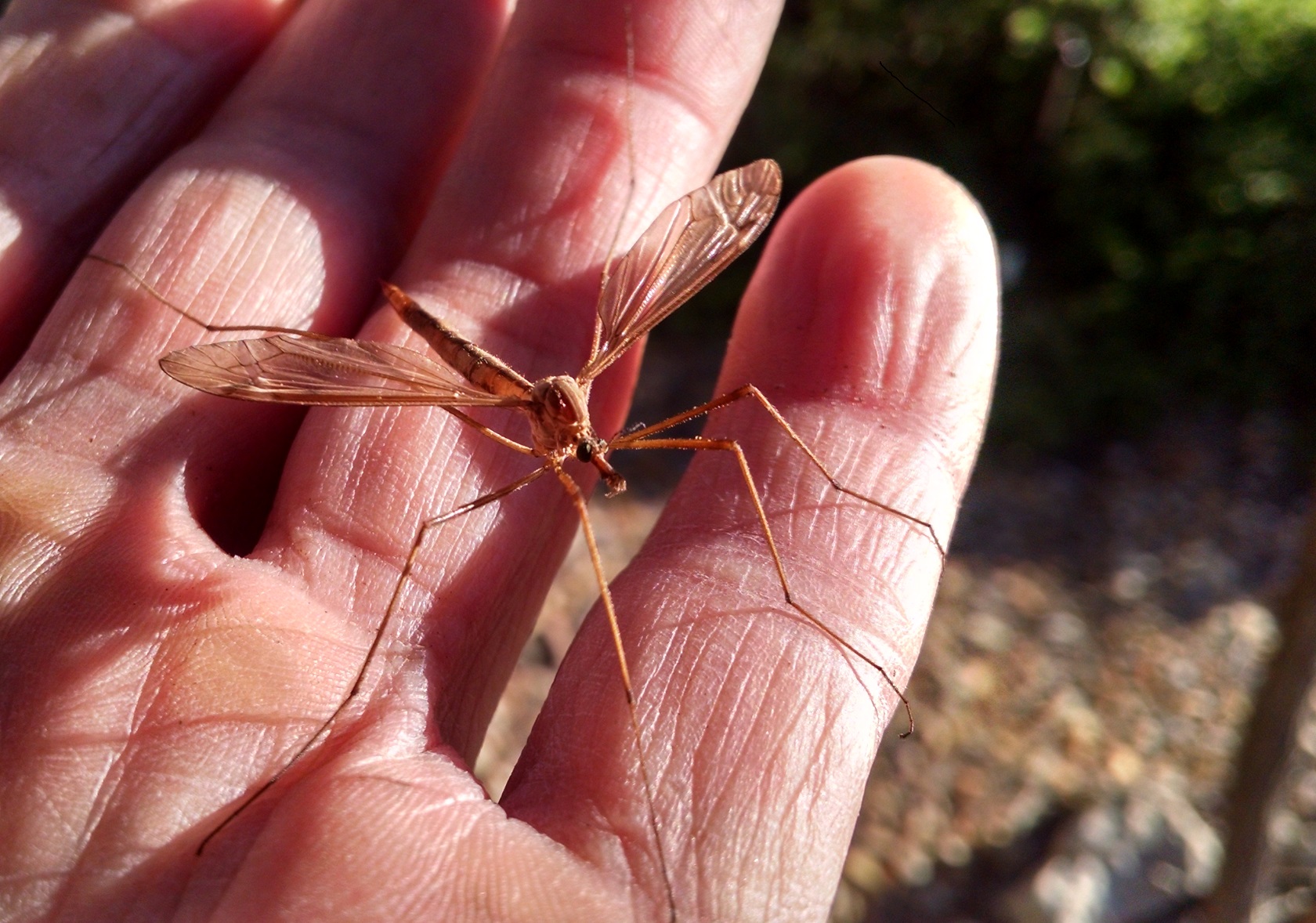
Have you ever stumbled upon a creature that resembles a giant mosquito but seems to possess an entirely different aura? Many people across various regions have encountered what they often refer to as the "big mosquito looking bug." This fascinating insect has piqued the curiosity of entomologists and casual bug enthusiasts alike due to its peculiar appearance and behavior. In this article, we will explore the characteristics, habitats, and myths surrounding this intriguing insect, shedding light on its true identity and significance in the ecosystem.
The "big mosquito looking bug" can be an unsettling sight for many, especially when it flits through the air with its long legs and slender body. Often mistaken for a mosquito, this bug belongs to a different family altogether and showcases unique attributes that set it apart. Understanding this insect's role in nature is crucial, not just for enthusiasts but also for those who might encounter it in their backyards or urban settings.
As we delve deeper into the world of the big mosquito looking bug, we will answer some pressing questions that arise about its nature, behavior, and ecological importance. From its dietary habits to its mating rituals, this article aims to provide a comprehensive look at a creature that fascinates and terrifies in equal measure. Join us as we uncover the secrets of this enigmatic insect.
What Exactly is the Big Mosquito Looking Bug?
The big mosquito looking bug, commonly referred to as the "crane fly," belongs to the family Tipulidae. With its long legs and slender body, it bears a striking resemblance to a mosquito but is entirely harmless. Crane flies are often found in moist environments, where they thrive and reproduce. These insects are typically more active during the evening and nighttime, fluttering about in search of mates.
Where Can You Find the Big Mosquito Looking Bug?
Crane flies prefer damp habitats such as:
- Wetlands
- Marshes
- Forests
- Gardens with plenty of moisture
While they are common in many regions, their presence can be more pronounced during the warmer months, especially after rainfall. They are often seen hovering near water bodies, making them a familiar sight in aquatic ecosystems.
What Do Big Mosquito Looking Bugs Eat?
Unlike mosquitoes, crane flies do not feed on blood. Instead, adult crane flies primarily consume nectar from flowers. Their larvae, however, have a different diet, as they tend to feed on decomposing organic matter in soil or water. This diet plays a vital role in nutrient recycling, helping to maintain a healthy ecosystem.
Are Big Mosquito Looking Bugs Dangerous to Humans?
Many people wonder if the big mosquito looking bug poses any threat to humans or pets. Fortunately, crane flies are completely harmless. They do not bite or sting and are not known to transmit diseases. Their primary purpose is to reproduce, and after mating, female crane flies lay eggs in moist soil or water, continuing the cycle of life.
How Can You Differentiate Between a Crane Fly and a Mosquito?
Identifying the big mosquito looking bug can be straightforward if you know what to look for. Here are some key differences:
- Body Size: Crane flies are generally larger than mosquitoes, with some species having a wingspan of up to 10 cm.
- Legs: The long, spindly legs of crane flies set them apart from mosquitoes, which have shorter, stocky legs.
- Wings: The wings of crane flies are broader and more elongated, often with a distinctive pattern.
Do Big Mosquito Looking Bugs Have Any Ecological Benefits?
Indeed, the big mosquito looking bug plays a significant role in its ecosystem. Here are some ecological benefits:
- **Pollination:** Adult crane flies contribute to pollination, helping various plant species reproduce.
- **Nutrient Recycling:** The larvae of crane flies aid in breaking down organic matter, enriching the soil.
- **Food Source:** Many birds, bats, and other insects prey on crane flies, making them an essential part of the food chain.
What Myths Surround the Big Mosquito Looking Bug?
Despite their harmless nature, crane flies have garnered a reputation for being menacing. Several myths and misconceptions exist, such as:
- **"They are poisonous!"**: This myth arises from their intimidating appearance, but they pose no threat.
- **"They bite!"**: Again, crane flies do not bite; they are gentle creatures.
- **"They are disease carriers!"**: Unlike mosquitoes, crane flies do not transmit diseases to humans or animals.
How Can You Manage Big Mosquito Looking Bugs in Your Home?
If you find crane flies wandering around your home, there are a few simple methods to manage their presence:
- **Seal Entry Points:** Ensure windows and doors are properly sealed to prevent them from entering.
- **Reduce Moisture:** Crane flies are attracted to moist environments, so reducing humidity can help deter them.
- **Natural Repellents:** Using natural insect repellents can help keep them at bay.
Conclusion: Embracing the Big Mosquito Looking Bug
The big mosquito looking bug, or crane fly, is a captivating insect that deserves appreciation rather than fear. Understanding its role in the ecosystem and recognizing its harmless nature can help dispel myths and encourage coexistence. Next time you encounter one of these intriguing creatures, take a moment to observe its unique characteristics and remember the vital role it plays in our environment.
ncG1vNJzZmirn521b6%2FOpmasp5idu6bD0qCcq7FoZK%2Bqs4ympqyppZ7BsHnLqKakoZ6ceqPBxmefraWc